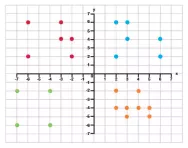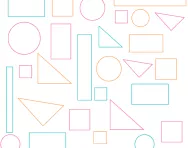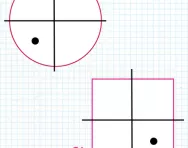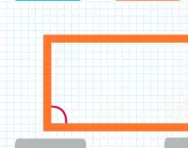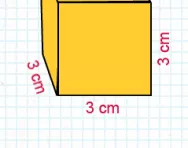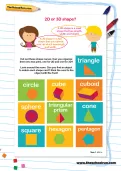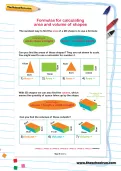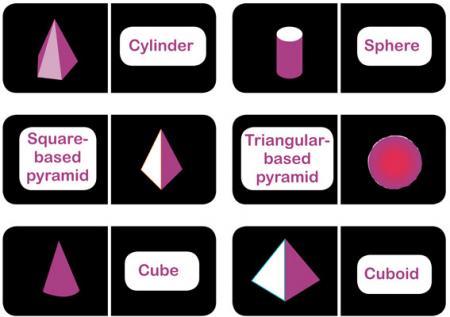Important update from TheSchoolRun
For the past 13 years, TheSchoolRun has been run by a small team of mums working from home, dedicated to providing quality educational resources to primary school parents. Unfortunately, rising supplier costs and falling revenue have made it impossible for us to continue operating, and we’ve had to make the difficult decision to close. The good news: We’ve arranged for another educational provider to take over many of our resources. These will be hosted on a new portal, where the content will be updated and expanded to support your child’s learning.
What this means for subscribers:
- Your subscription is still active, and for now, you can keep using the website as normal — just log in with your usual details to access all our articles and resources*.
- In a few months, all resources will move to the new portal. You’ll continue to have access there until your subscription ends. We’ll send you full details nearer the time.
- As a thank you for your support, we’ll also be sending you 16 primary school eBooks (worth £108.84) to download and keep.
A few changes to be aware of:
- The Learning Journey weekly email has ended, but your child’s plan will still be updated on your dashboard each Monday. Just log in to see the recommended worksheets.
- The 11+ weekly emails have now ended. We sent you all the remaining emails in the series at the end of March — please check your inbox (and spam folder) if you haven’t seen them. You can also follow the full programme here: 11+ Learning Journey.
If you have any questions, please contact us at [email protected]. Thank you for being part of our journey it’s been a privilege to support your family’s learning.
*If you need to reset your password, it will still work as usual. Please check your spam folder if the reset email doesn’t appear in your inbox.
Space and shape
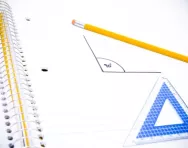
From learning the names of 2D and 3D shapes, to calculating area, you'll find lots of space and shape worksheets here to help support learning at home, including properties of 2D shapes, horizontal, vertical, perpendicular and parallel lines, tessellation, measuring angles, shape nets, reflective symmetry, language of direction, calculating the areas of parallelograms and much more.
Support your child's space and shape learning
Your child will be taught about the properties of the shapes in the world around them (primary geometry) from Reception to Year 6. To help them grasp this important skill, make sure you understand what each concept means. Need to explain the difference between equilateral, scalene, isosceles and right-angled triangles or calculate the volume of a 3D object? You'll find the answer here.
Then you can help your child practise each space and shape skill with a teacher-created worksheet, activity or game. Our printable PDF worksheets are in-line with National Curriculum objectives for each school year and cover all the core space and shape topics such as pentagons and hexagons or the perimeter and area of irregular shapes. Want to make it fun? Try a directions obstacle course, have a go at some 2D shape art or try some online activities like counting the edges, faces and vertices of a 3D shape or reflecting shapes in a vertical mirror line on a co-ordinates grid.
And you'll find even more great activities in our Primary Geometry: Shape and space pack.
Tutorials
Worksheets
Once you know how to find the area of a rectangle, you can use this knowledge to find the area of irregular, compound shapes as long as they are made up of rectangles or squares. Can you calculate the area and perimeter of the shapes below?
means the quantity of space taken up by the shape. Can you use the right formula to find the volumes of these cuboids?
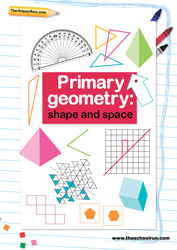
Primary Geometry: shape and space
The tricky part of geometry, for many children, is the large amount of geometrical vocabulary that they will need to learn, remember and use correctly. This pack covers all the important concepts with 70 pages of information as well as lots of tips and fun activities that will help your child recognise shapes, measure angles and calculate area and perimeter with ease.
In your Primary Geometry: shape and space learning pack you'll find:
- Essential vocabulary
- Shape and space tips for parents
- 2D and 3D shapes
- Turning through angles
- Looking at cubes and cuboids
- Writing directions, clockwise and anti-clockwise
- Sequencing
- Pentagons, hexagons, octagons, nonagons, polygons, decagons
- Cylinders, cones and spheres
- Angles
- Carroll diagrams
- Perimeter and area
- Pyramids and triangular prisms
- Nets and cubes
- Quadrilaterals
- Right-angled triangles and equilateral triangles
- Isosceles triangles and scalene triangles
- Rotating shapes
- Symmetry
- Using a protractor
2D or 3D?
If your child needs help remembering the names and properties of 2D and 3D shapes, have a look through these fun worksheets:
